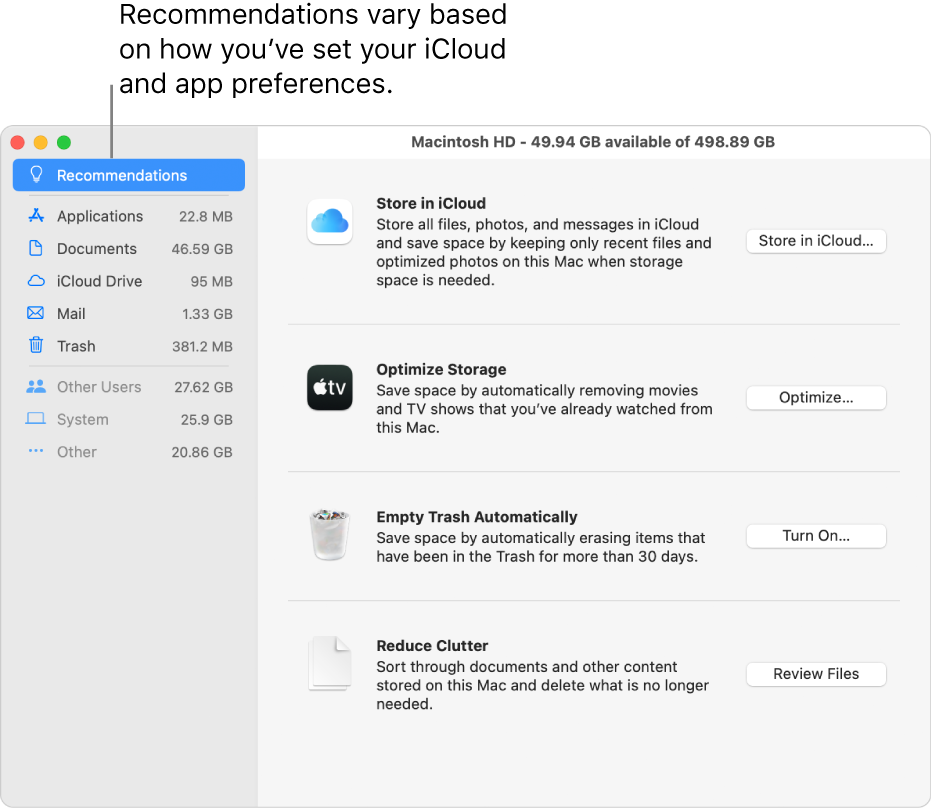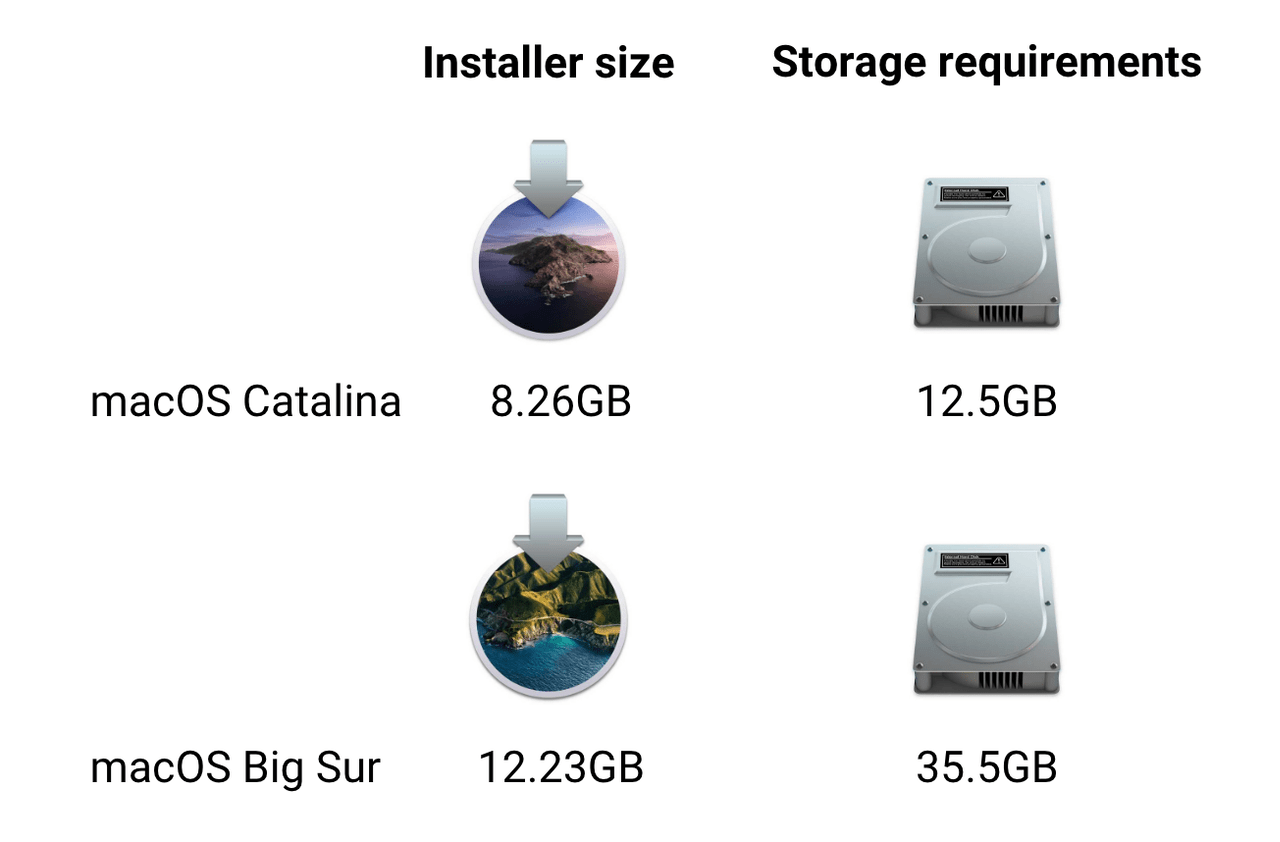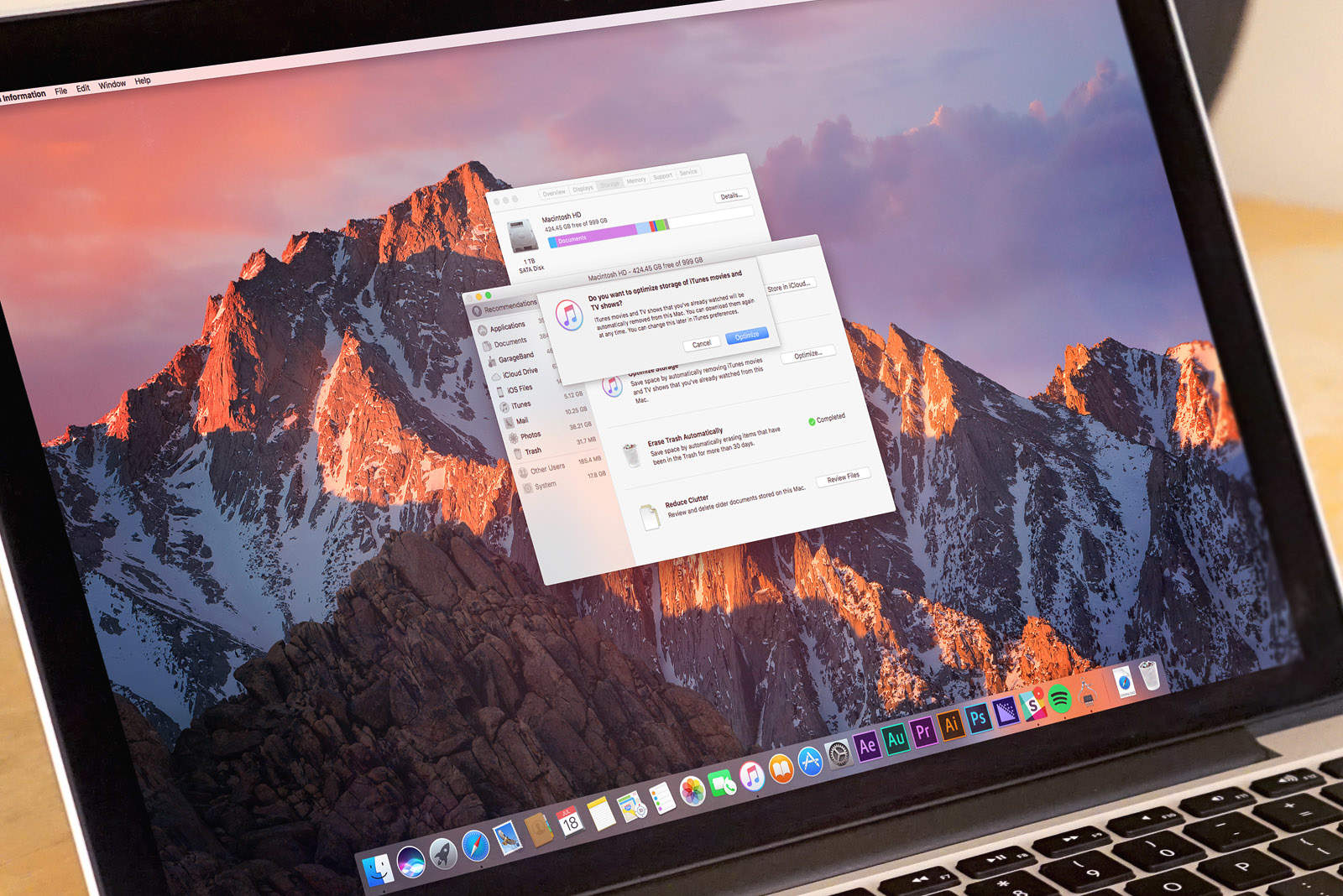
- SPACE REQUIRED FOR MAC SIERRA HOW TO
- SPACE REQUIRED FOR MAC SIERRA INSTALL
- SPACE REQUIRED FOR MAC SIERRA PRO
- SPACE REQUIRED FOR MAC SIERRA MAC
Or for you terminal freaks… system_profiler SPHardwareDataType
SPACE REQUIRED FOR MAC SIERRA MAC
> Apple Menu > About This Mac > More Info … > System Report … Model Identifier Which means most devices made prior to 2008 won’t be able to run it.
SPACE REQUIRED FOR MAC SIERRA PRO
Mac Pro – all models from 2010, Mac Pro 5,1 – 6,1.Mac Mini – all models from 2010, Mac Mini 4,1 – 7,1.MacBookAir – all models from 2010, MacBook Air 3,1 – 7,2.MacBook Pro – all models from 2010, MacBook Pro 7,1 – 11,5.MacBook – all models from late 2009, MacBook 6,1 – 9,1.
SPACE REQUIRED FOR MAC SIERRA INSTALL
You’ll still require a 64bit Intel processor, 8GBs of free disk space – if upgrading, as appose to clean install min plus at least 2GB of RAM. And anything pre 2010 for MacBook Air, MacBook Pro, Mac Mini and Mac Pro. Apple has dropped support for any models pre late 2009 for MacBook and iMac. The name Sierra continues on with their California landmark theme, in this operating system the use of the term ‘OSX’ has now dropped the ‘X’ to ‘OS’.ĭisappointedly for some the new macOS will run on less machines than its predecessors including OSX 10.11 El Capitan. You can watch your System Information graphic free up disk space in real time to see if you've removed enough.Apple have released a public beta of their new operating system named macOS Sierra. Repeat for as many snapshot dates as required. This will be in the form of xxx-yy-zz-abcdef.

Although I understand the reasoning behind why Time Machine is storing local backups, I didn't feel that I needed so much of my disk space devoted to these local backup snapshots. In my case, "System" (meaning the operating system) was clearly using the most space. You'll be greeted with a color-coded categorization of what your disk is being used for. To see if this method will help you reclaim some disk space we need to check the macOS System Information.Ĭlick the Storage tab. Determining if you have a large amount of "System" disk usage And instead of waiting for macOS to catch up with my disk space requirements, I can force the purging from the terminal. However, sometimes the purging doesn't happen to leave enough disk storage for my very large video files and I'll get a "not enough disk space" message.


It also purges local backups if disk space starts to get too low. In fact, macOS High Sierra manages this disk usage seamlessly without user intervention. The reasoning behind this is that in the event the remote backup disk is not available or present, then you can recover files in spite of a missing remote backup disk and recover from the local disk.

If you run Time Machine for backups over Wi-Fi like I do, then macOS High Sierra will simultaneous use your remote backup disk and your local disk to save backups to.
SPACE REQUIRED FOR MAC SIERRA HOW TO
How to determine if a lot of your disk space is being used by "System".But now we'll show you how to reclaim some of your disk space from your "System" disk usage. We have spoken about how to rid your computer from data noted in "other" which in short is space taken up by caches, plug-ins, and documents. Going to the macOS storage analyzer can be a mixed bag of easy to understand actions to reduce disk usage to cryptic descriptions that are more daunting to deal with. Having to play around with large video files can be a headache when my system has a blazingly fast SSD drive but is only 500GB in size.


 0 kommentar(er)
0 kommentar(er)
